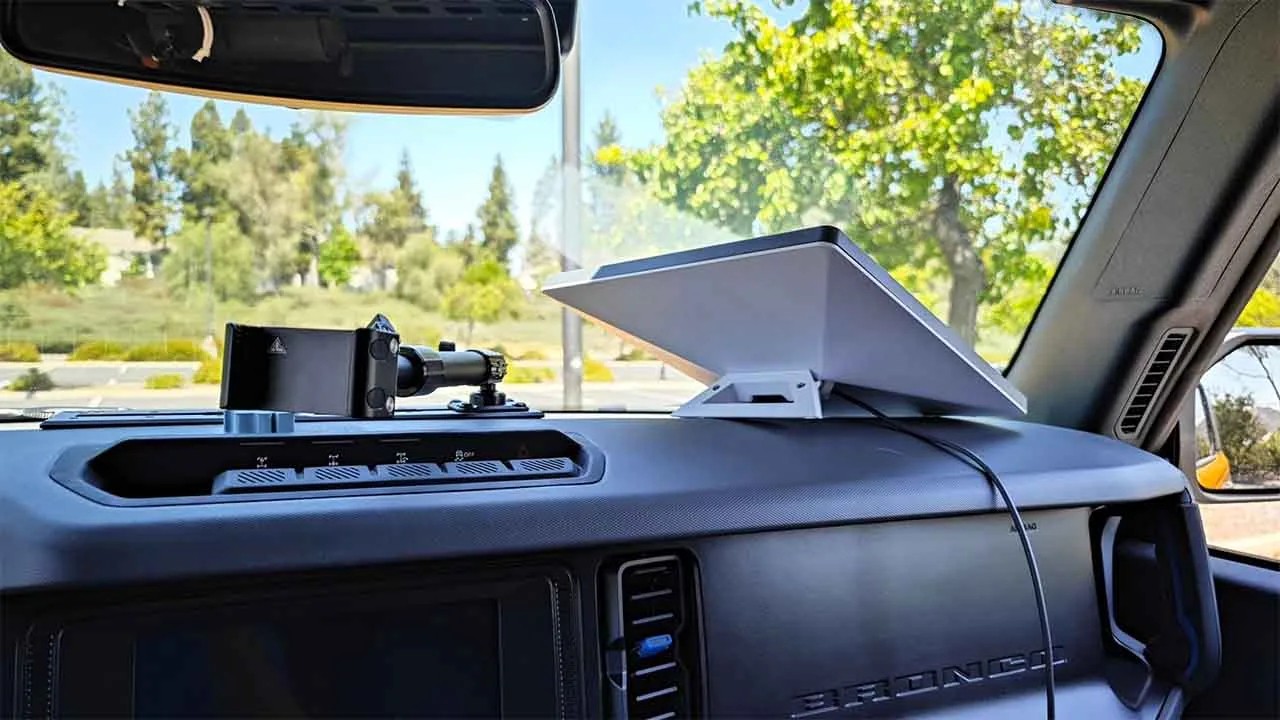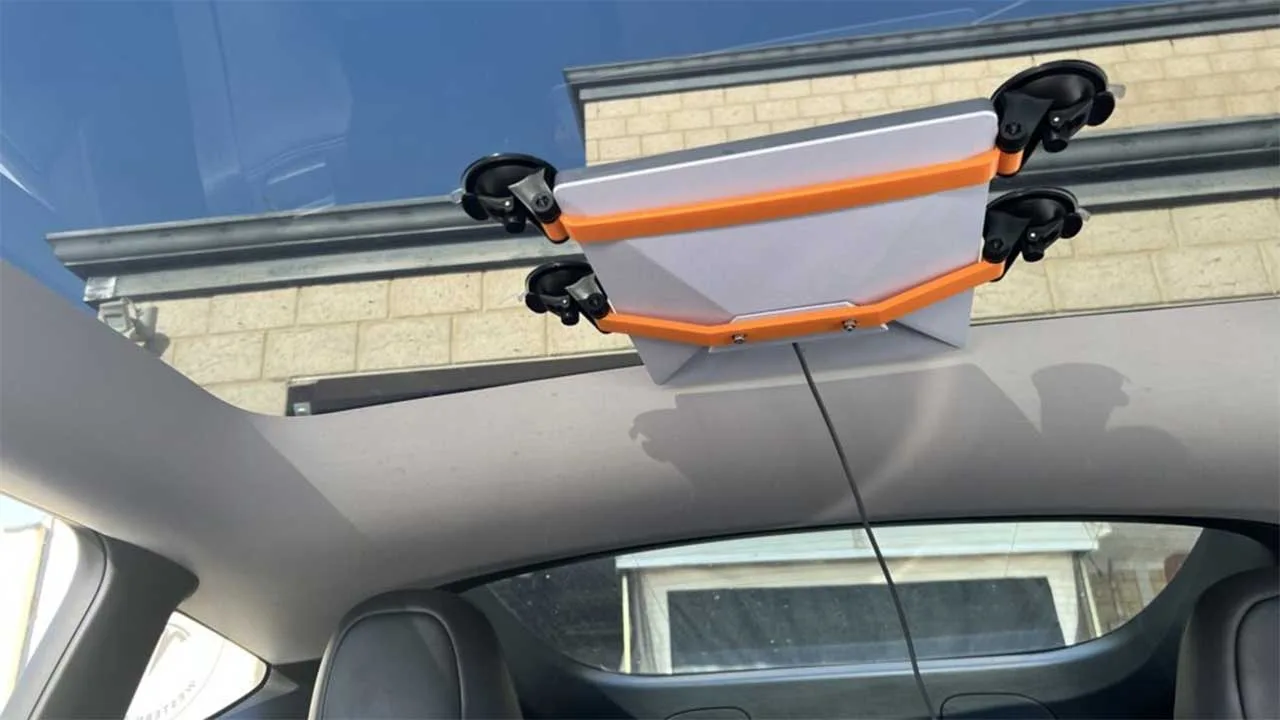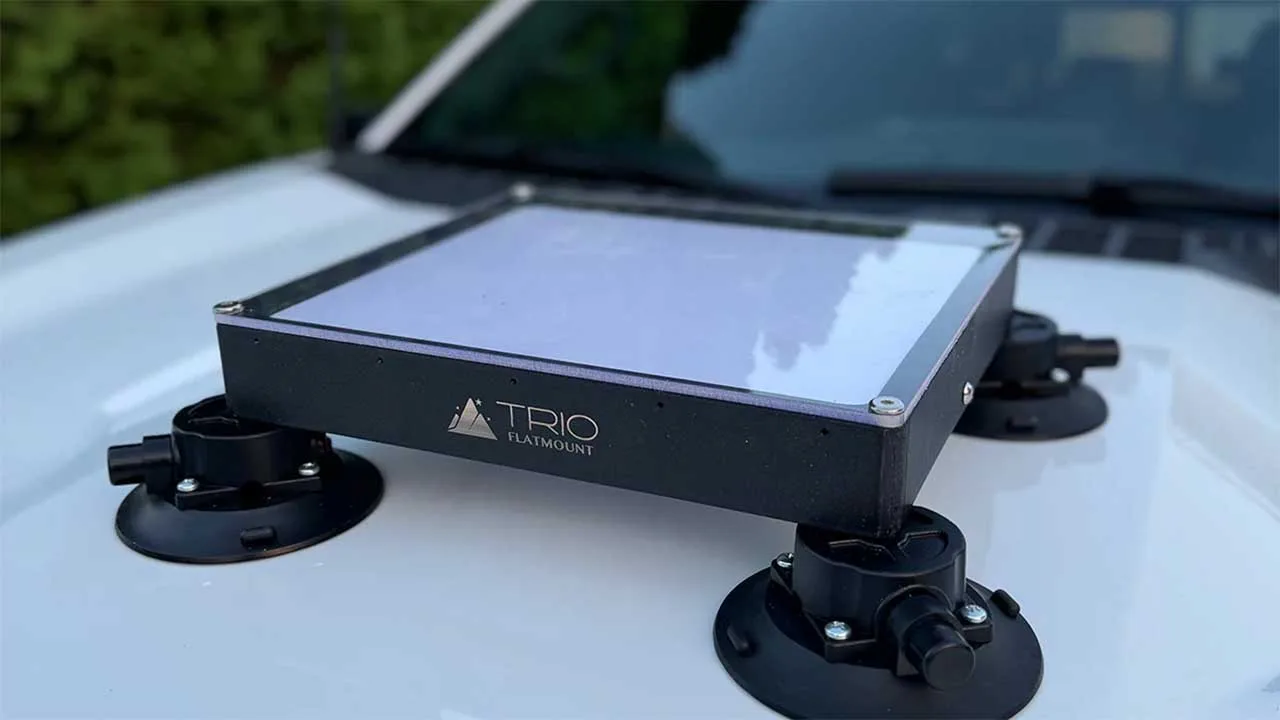Starlink Mini has changed the way we access the internet from remote locations. Its compact design allows you to take it anywhere, which makes many users wonder if they can use it inside their vehicles.
This question is especially common among remote workers, travelers, and people who live in RVs.
After analyzing multiple user cases and testing different configurations, at MiStarlink we can confirm that using Starlink Mini in a vehicle is possible. However, there are important technical aspects you should know before attempting it. The experience varies depending on how you install the equipment and the conditions in which you use it.

Real user testimonials show that many people have successfully connected from their vehicles. Some use the antenna on RV roofs, while others temporarily place it on top of their cars. The key is understanding the system’s limitations and preparing adequately.
How it works in practice
Using Starlink Mini inside a vehicle requires the antenna to have a clear view of the sky. This means it works best when the vehicle is parked in an open area, without trees, buildings, or structures that block the signal.

During movement, especially at high speed, the connection becomes unstable or is lost completely.
The system needs 12V power, which is compatible with most vehicles. However, energy consumption can drain the battery if the engine isn’t running. For this reason, many users install auxiliary batteries or use the system only when the vehicle is running.
Temperature also affects performance. On very hot days, the interior of a closed vehicle can overheat the equipment. It’s important to provide adequate ventilation or use the system when temperatures are more moderate.
RV owners have had the best results with Starlink Mini in vehicles. Many have installed roof mounting systems that allow them to quickly deploy the antenna when they park. This gives them reliable internet at remote campsites where there are no other connectivity options.

Some users have developed innovative configurations, such as magnetic mounting systems for temporary use or permanent installations with dedicated batteries. These custom solutions have solved many of the system’s initial limitations.
To succeed with Starlink Mini in a vehicle, you must consider several important factors:
Basic technical requirements:
- Clear view of the sky (without obstacles)
- Stable 12V power source
- Adequate ventilation system
- Secure antenna mounting
¿Necesitas ayuda? Únete a la comunidad de usuarios de Starlink que te ayudará con cualquier duda o problema que tengas:
Important limitations:
- Works only when the vehicle is parked
- Signal is interrupted by obstacles like bridges or tunnels
- Severe weather can affect the connection
- Consumes energy continuously
Planning is key to a successful experience. You should verify Starlink coverage on your travel routes and consider stopping locations that have a good view of the sky.
At MiStarlink, we’ve seen how this technology has helped remote workers, travelers, and RV owners stay connected. With the correct installation and realistic expectations, Starlink Mini in vehicles can be a valuable tool for your mobile connectivity.

